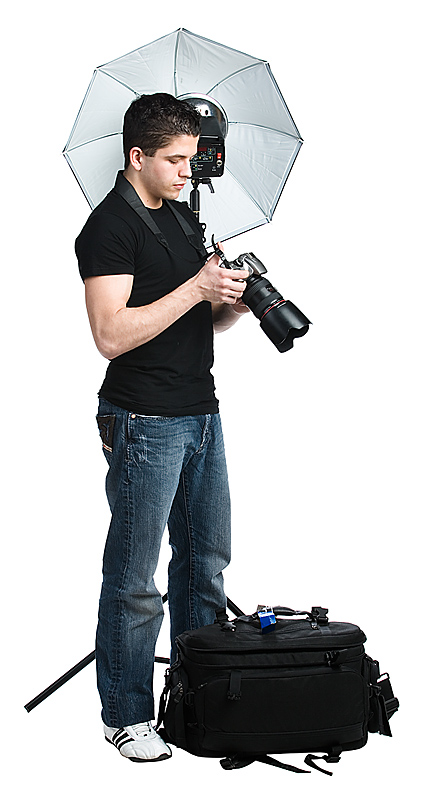
|
|
What you need to know about lighting with digital photography

There are several main things that you need to know about lighting with digital photography.Digital photography is not just point and shoot and let the camera take care of everything. While the camera is good at automatically adjusting for lighting conditions and other issues, you still need to ensure that you have proper lighting for the best possible digital photo that you can get.Lighting is one of the biggest key to the greatest possible photos-you just need to understand how lighting works and how you can use the lighting to your best advantage.
There are two types of lighting: natural lighting and artificial lighting.Learning how to use each type of lighting will improve your photos.
|
|
Natural lighting is any light that comes from a natural source.A natural source is something like the moon or the sun.Obviously, natural lighting changes all of the time, depending on the weather and what time of day it is.Natural lighting is also commonly called existing light.
Artificial lighting is any light that comes from a non-natural source.Examples of artificial lighting are lamps, candles, overhead lights, fluorescent lights, and so on.If you are using artificial lighting, you will most probably need to work with your camera's white balance to find the right camera setting.
The next thing that you need to know about lighting and digital photography what a flash is.There are two kinds of flashes that come with digital cameras: an internal flash and an external flash.
An internal flash is the flash that is built into your digital camera.This flash will automatically adjust itself depending on the light.An internal, automatic flash is pretty effective as long as the subject of the digital photo is within the range of the flash.If you combine the flash with other light sources, the automatic flash can work pretty well.However, internal flashes tend to produce red-eye.
An external flash is a flash unit that exists outside of the camera.Some external flashes can be mounted on the camera itself, if your camera has a hot shot.Or you can use the external flash separately from the camera, either with a cable or by using a wireless external flash.
Here are some more terms that can help you understand lighting so that you can get the effect that you want.
- Hard lighting is lighting that is focused directly at the subject of the photo.Hard lighting is what to go for if you want very sharply defined shadows.
- Soft lighting is indirect lighting.Usually, to achieve soft-diffused-lighting, the light is bounced off of a reflective surface.This will make the light fall more evenly on the subject of the photo.
- Three-Point lighting is a lighting that combines hard lighting and soft lighting.This lighting is good if you are shooting a portrait of someone.You will be setting up three lights.
- Point the main light right at your subject.You will add more lights because this harsh light will just wash out the subject's face and make any imperfections more noticeable.
- Add a diffuse fill light.This will cut down on shadows.
- Add a backlight behind the subject of your photo.This backlight will define the person by separating him or her from the background.
- Put the camera between the fill light and the main light.
How to take portrait photos in natural light
If you are taking a photograph of your subject in natural light, instead of artificial lighting, you will need to make sure that the subject does not have his or her back to a window.If you place the subject twice as far away from the light, then the intensity of the light will fall to a quarter of its original strength.
The farther away the light is from the subject, the higher the light needs to be in order to have good shadows on the subject.The closer the light is, the more hazy and undefined the background is going to be.
Privacy Policy, Terms of Use